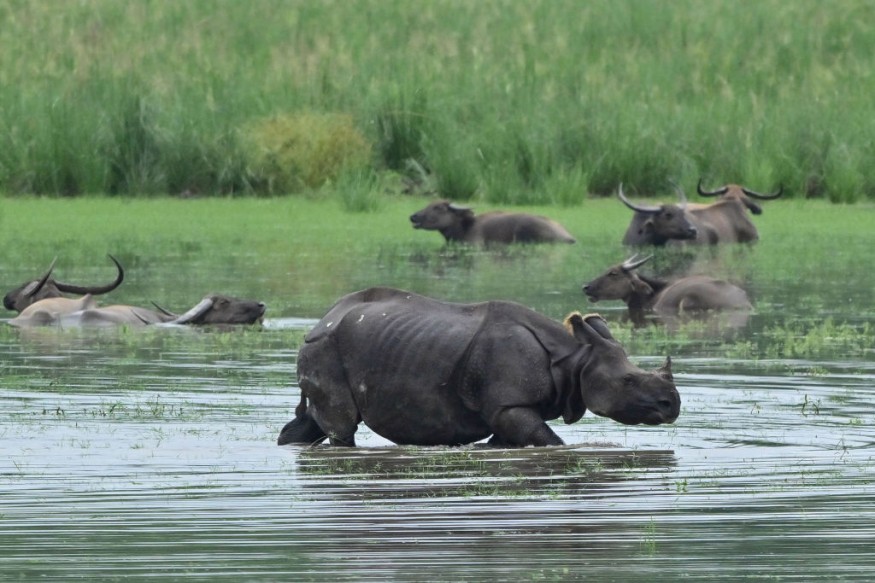The latest report reveals the critical role of nature reserves, or protected areas, amidst the concerning impacts of climate change. Researchers explain that these areas are crucial for biodiversity and endangered species.
There have been significant concerns about the consequences of climate change due to increasing greenhouse emissions, resulting in alarming impacts on biodiversity and ecosystems.
In addition, endangered animals have been experiencing widespread risks of habitat loss, plastic pollution, temperature fluctuations, diseases, and the arrival of invasive species.
In a recent study, researchers indicated significant contributions of protected areas to boost biodiversity and the welfare of endangered species. The research findings were published in Current Biology.
The Role of Protected Areas and Biodiversity

The latest report highlighted the role of protected areas, or nature reserves, in conserving and protecting biodiversity without risking or damaging economic growth.
Safeguarding natural lands can also promote local economic growth and ensure the survival of vulnerable or endangered animals. The researchers explain that communities or developers can potentially balance developments.
The report highlights that climate change makes Amazon and Southeast Asia vulnerable to significant challenges.
In addition, the report noted that at least 60% of communities in protected areas experienced economic growth compared with communities in unprotected areas.
Another report highlights the importance of considering conservation and local development in protecting nature reserves. These areas are considered rich in biodiversity and home to different species.
Commercial development or expansion has been a major concern affecting protected and unprotected areas. While the purpose focuses on economic development, these massive expansions result in widespread habitat loss, threatening many species.
Also Read : Invasive Mosquitoes Find Favorable Conditions Due To Climate Change; Dengue Cases Surge In Europe
Threats of Invasive Species to Native Animals
A recent Nature World News (NWN) report found that the rapid spread of invasive and non-native species can threaten native animals due to climate change's effects. The report explains that these species can rapidly rise 100 times faster than native species, which the latter can struggle to survive.
The research report was published in Annual Reviews of Ecology, Evolution, and Systematics. The widespread expansion of non-native species can pose significant concerns for the survival of native animals and their habitats.
Disruption of Biodiversity in the Caribbean
In addition, researchers raised concerns about the disruption of biodiversity in the Caribbean, warning of possible risks to human and animal health conditions. The report highlights the impacts of invasive alien species (IAS) that could affect endemic species in the region, including the 11,000 unique plant species and other unique amphibians.
The introduction of IAs, like cats and rats, has disrupted the Caribbean's population of birds and mammals. These non-native species can overwhelm the numbers of native species in the region.
Consequently, monitoring biodiversity and protected areas is essential for the survival of animals, particularly endangered species.
Related Article : Invasive Alien Species Disrupts Biodiversity, Livelihoods in Caribbean
For more similar, don't forget to follow Nature World News.
© 2025 NatureWorldNews.com All rights reserved. Do not reproduce without permission.





